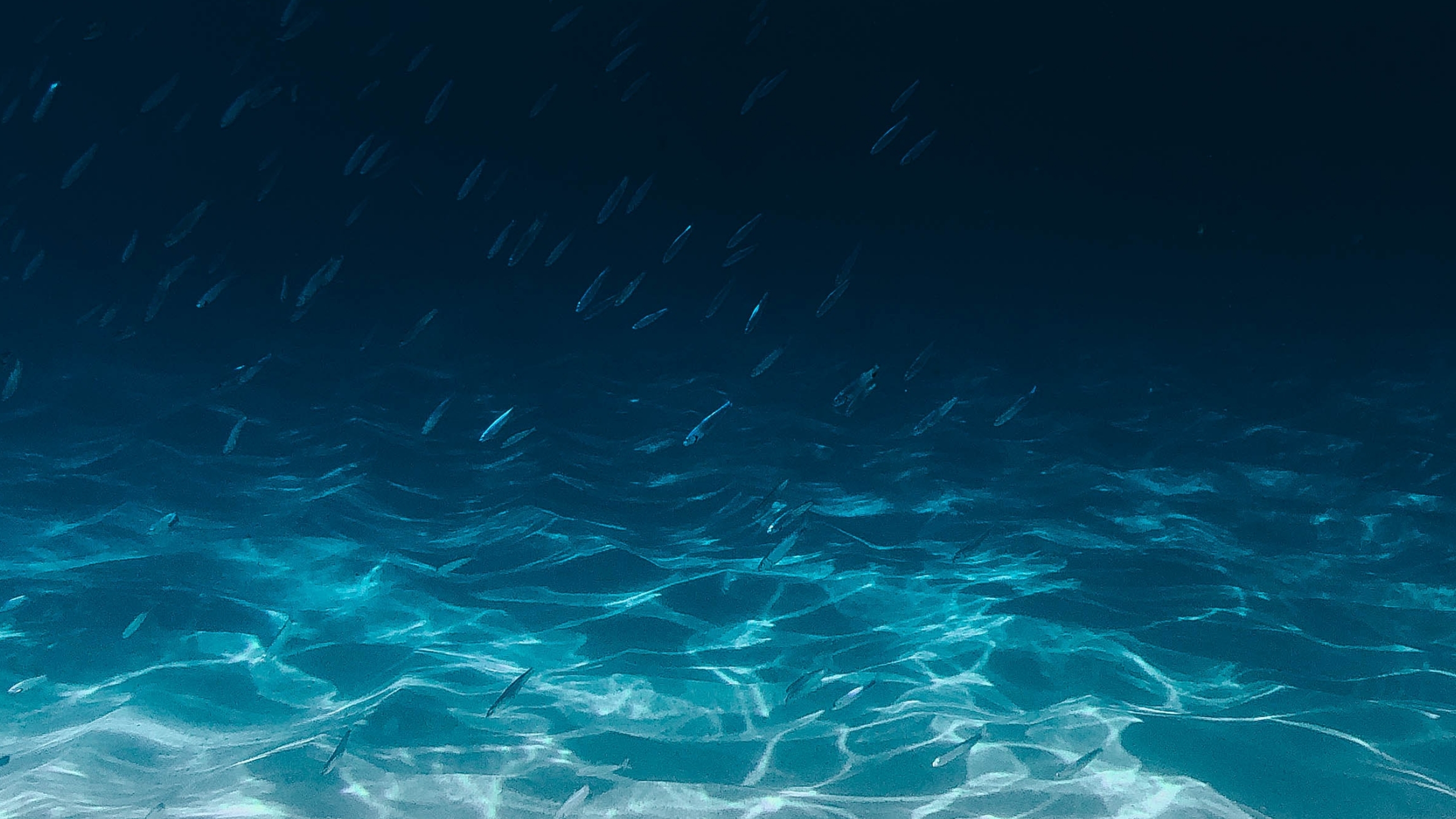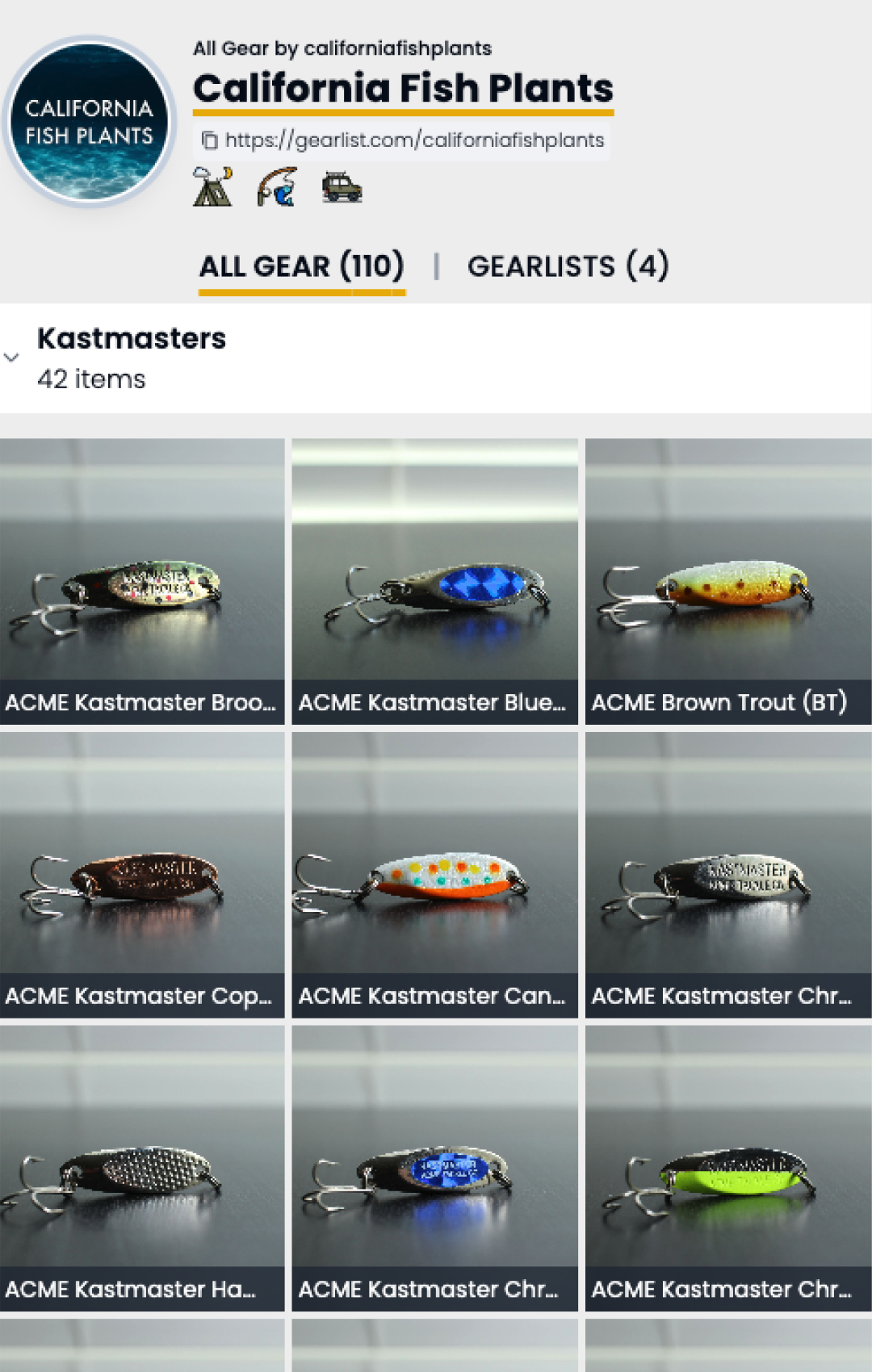Nestled amidst the majestic Sierra Nevada Mountains, Salt Springs Reservoir offers a serene and rewarding fishing experience for anglers of all skill levels. Located just 17 miles west of Markleeville, California, this reservoir is renowned for its healthy populations of rainbow trout, brown trout, and kokanee salmon.
Types of Fish You Can Expect to Catch at Salt Springs Reservoir
- Rainbow Trout: The most abundant fish in the reservoir, rainbow trout are prized for their vibrant coloration and fighting spirit. They typically range from 10 to 15 inches in length and can be found throughout the reservoir, from shallow areas to deeper waters.
- Brown Trout: Also prevalent in the reservoir, brown trout are valued for their elusive nature and robust size. These fish commonly reach sizes of 12 to 20 inches, with some specimens growing even larger. They prefer rocky areas and deeper waters.
- Kokanee Salmon: Prized for their delicate flavor and firm texture, kokanee salmon make their annual migration to Salt Springs Reservoir during the spring and summer months. These fish typically range from 12 to 15 inches in length and are found in the cooler, deeper waters of the reservoir.
A Glimpse into Salt Springs Reservoir’s Rich History
Most brown trout at Salt Springs Reservoir run 11–13 inches. But if you get your technique down and fish the prime bite during dusk on cold nights, you can get bigger ones. There are 10-pounders in the lake, and some say far bigger. There’s also a catch here, and we’ll get to that.
Salt Springs Reservoir could be called the twin of Hell Hole Reservoir. It is at about the same elevation, is in a steep canyon, and is fed by a similar river. You can also fish Salt Springs the same way you do Hell Hole for brown trout. That is, use leadcore line and a depth finder, then troll the edges of the rocky shoreline. Because of submerged boulders, you may lose some lures. But getting the Rapala, Rebel, or frog-colored Needlefish close to the rocks in 20–30 feet of water is the key to catching fish. Downriggers don’t work as well here because you can get the downrigger weighs stuck in the rocks. If you do use a downrigger, bring wire cutters or you can get your boat stuck.
Another trick is to get on the lake in late winter on foul, windy days. That is when the big browns, the 10-pounders, choose to feed. I use a Cabela’s swimming rat, large jointed Rebels and Rapalas, and then test different depths, starting right on the surface at dawn.
Salt Springs is not stocked. Remember that you are fishing for wild brown trout. This takes a special approach or you will get zilched.
Skilled anglers who boat upstream can find trout congregating at the Mokelumne River inlet in the early summer. Below the dam, though, the Mokelumne River itself seems to provide higher catch rates.
Everyone should visit Salt Springs Reservoir at least once, for it has just about everything. The long, narrow lake is in the Mokelumne River Gorge, a dramatic canyon with spectacular surroundings for boaters. Hikers will be satisfied, too: a trail leading into the Mokelumne Wilderness starts just north of the dam. Set at an elevation of 4,000 feet, the lake covers 950 acres. Even though the location is fairly obscure, this place is so beautiful that it attracts vacationers who return year after year.
From a boat in the middle of Salt Springs Reservoir, looking to the south of the dam, you’d swear you’re in a portion of Yosemite National Park. There’s a huge granite face that rises several thousand feet from the canyon bottom: striking beauty.
Now for the catch: Only car-top boats that can be carried to the lake and hand-launched are permitted. Access is a real pain. And small boats, like canoes, can be dangerous in the spring when fishing is best because winds can howl through here. The Mokelumne Wilderness boundary extends 350 feet to the west from where the river enters the reservoir at the east end. Under the Wilderness Act, mechanized and motorized equipment, including motorboats, are not permitted in designated wilderness areas in order to provide opportunities for solitude and primitive recreation experiences. The Forest Service will install buoys in 2012 to mark the boundary.
Top 5 Tips for First-Time Anglers at Salt Springs Reservoir
- Understand the Prime Bite: Larger brown trout can be caught during dusk on cold nights. Mastering the technique during this prime bite time can lead to more significant catches.
- Troll the Rocky Shoreline: Utilize leadcore line and a depth finder to troll the edges of the rocky shoreline. Experiment with lures like Rapala, Rebel, or frog-colored Needlefish in 20–30 feet of water for successful fishing.
- Late Winter Fishing: Venture out on foul, windy days in late winter for a chance to catch the big browns, especially the 10-pounders. Experiment with different lures, including Cabela’s swimming rat, large jointed Rebels, and Rapalas.
- Boat Upstream for Trout: Skilled anglers can find trout congregating at the Mokelumne River inlet in early summer by boating upstream. Explore this area for a unique and potentially rewarding fishing experience.
- Appreciate the Beauty: While fishing, take a moment to appreciate the scenic beauty of Salt Springs Reservoir. The granite cliffs and stunning vistas create a picturesque backdrop for your angling adventure.
Top 5 Strategies and Tactics for Optimal Fishing
- Seasonal Planning: Plan your visit during the spring and summer months for the most active trout and kokanee salmon. Experiment with different techniques and locations based on the season for optimal results.
- Early Morning and Late Afternoon Fishing: The dam area offers good fishing opportunities for rainbow trout and brown trout, especially in the early morning or late afternoon hours. Plan your fishing trips during these times for increased success.
- Experiment with Lures: Try various lures, including swimbaits, jointed Rebels, Rapalas, and frog-colored Needlefish, to determine the most effective options for catching brown trout in different conditions.
- Utilize Car-Top Boats: Since only car-top boats that can be carried and hand-launched are permitted, consider investing in or renting a suitable car-top boat for your fishing expedition.
- Respect the Wilderness Boundary: Be aware of the Mokelumne Wilderness boundary, and adhere to regulations. The Forest Service buoys mark the boundary and serve as a reminder of the importance of preserving the wilderness environment.
Top 5 Recommendations for Fishing Gear
- Rod and Reel Combo: Invest in a quality medium-action spinning rod and reel combo suitable for trout and salmon fishing. Ensure the rod has the right sensitivity for detecting bites in varying conditions.
- Leadcore Trolling Line: Use leadcore trolling line for trolling along the rocky shoreline. This type of line allows you to reach the desired depth and increases your chances of catching fish.
- Diverse Lure Selection: Carry an assortment of lures, including Rapala, Rebel, swimbaits, jointed Rebels, and frog-colored Needlefish. Having a variety of lures in your tackle box allows you to adapt to changing conditions.
- Car-Top Boat: Since only car-top boats are permitted, consider investing in or renting a car-top boat that can be easily carried and hand-launched. This restriction is crucial for preserving the wilderness character of the reservoir.
- Explore Our Gearlist: Visit our Gearlist account for detailed recommendations on specific fishing gear we use to optimize your angling experience at Salt Springs Reservoir. From rods and reels to specific lures, our recommendations are designed to enhance your chances of a successful and enjoyable fishing adventure.
As you embark on your fishing expedition at Salt Springs Reservoir, equipped with knowledge and quality gear, appreciate the challenges and rewards this unique location offers. From mastering the art of catching larger brown trout during the prime bite to respecting the wilderness boundaries, your experience at Salt Springs Reservoir will undoubtedly be one filled with tranquility and the joy of angling amidst the stunning Sierra Nevada Mountains.



